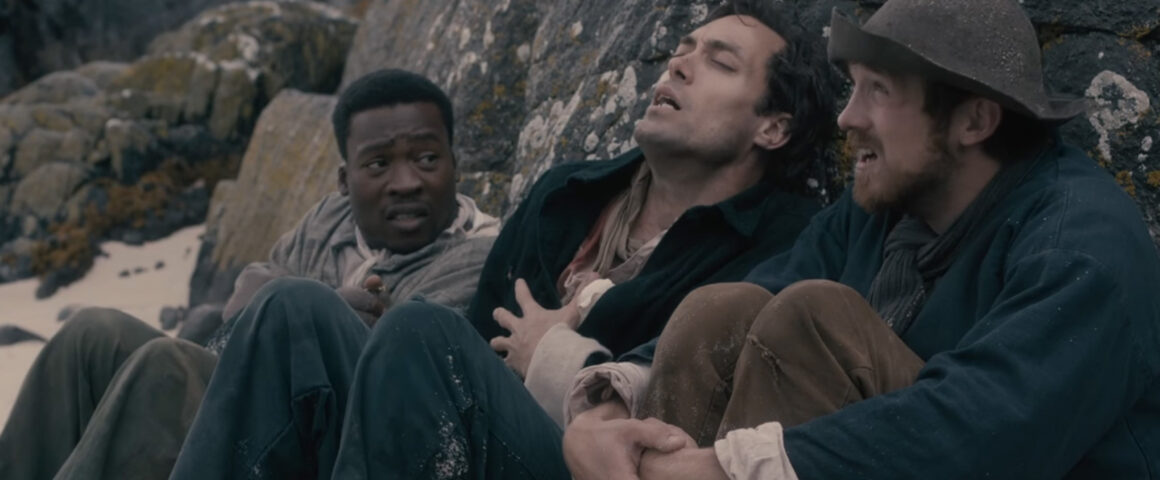Some islands offer refuge. This one remembers the dead.
The Isle (2019) is a slow-burning period horror film that wraps ancient legend in a chilling maritime mystery. Set in 1846, the story begins when a merchant ship wrecks off the rugged coast of a remote Scottish island. Three survivors make it to shore, only to find the place eerily underpopulated — just three remaining inhabitants, all haunted by something they refuse to name.
At first, the island seems merely weathered and forgotten. But strange occurrences begin to unsettle the stranded men: whispering voices at night, ghostly figures in the mist, and villagers too afraid to speak the truth. As tensions rise, they realize they’ve landed not in a haven — but in a trap woven by myth.

The film draws heavily from Scottish folklore, particularly tales of the bean nighe and siren-like spirits, whose sorrow turns to wrath. As secrets surface — about disappearances, guilt, and a curse born from betrayal — the island becomes a character itself: silent, mournful, and vengeful.
Visually, The Isle is stunning. Fog curls through desolate cliffs, stone ruins loom like memories, and the ocean — always present — becomes a boundary between the natural and supernatural. The atmosphere is thick with melancholy and dread, more unsettling than overtly terrifying.
What sets The Isle apart is its gothic tone and restraint. It favors slow tension over gore, letting mystery unfurl through dreamlike pacing and hushed performances. The horror isn’t just in what’s seen — but in the history of grief, sacrifice, and silence that weighs down every shadowed hallway.

While some may find its pacing deliberate, those drawn to classic ghost stories and folklore-infused horror will appreciate its elegance. The film offers a mournful meditation on loss, responsibility, and the cost of forgetting the past.



